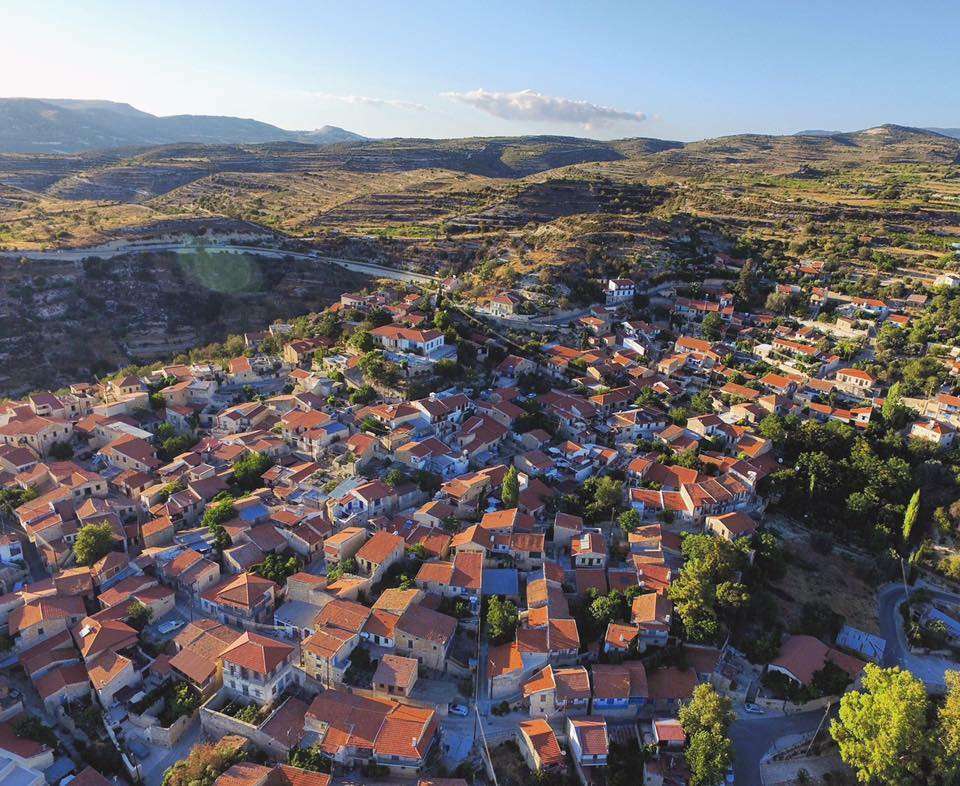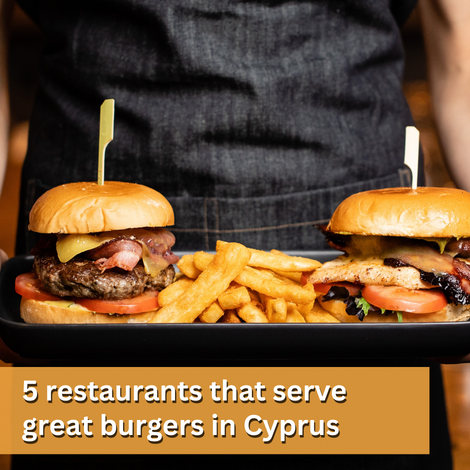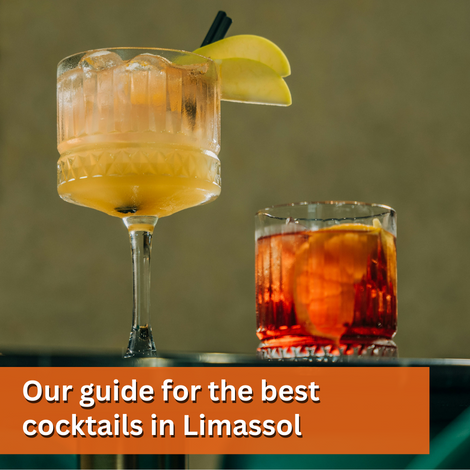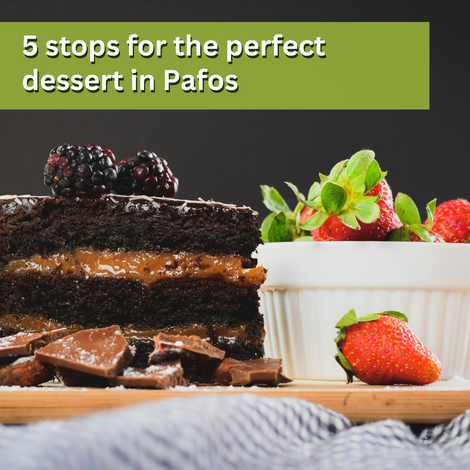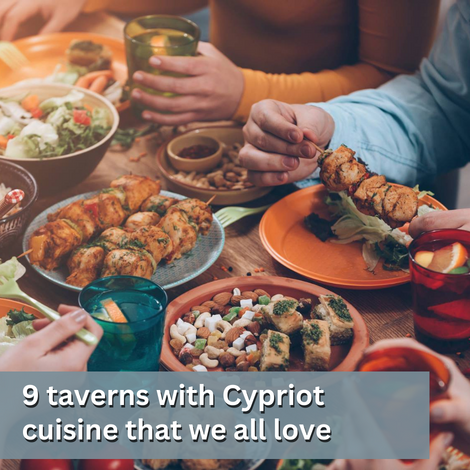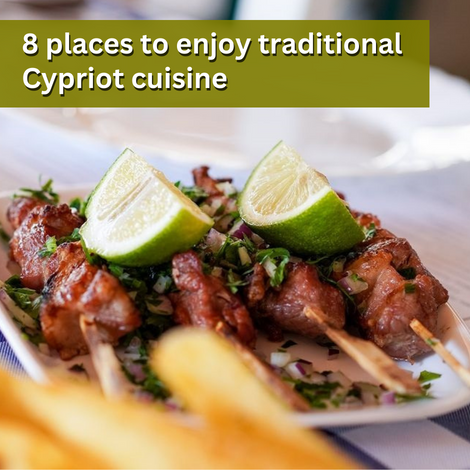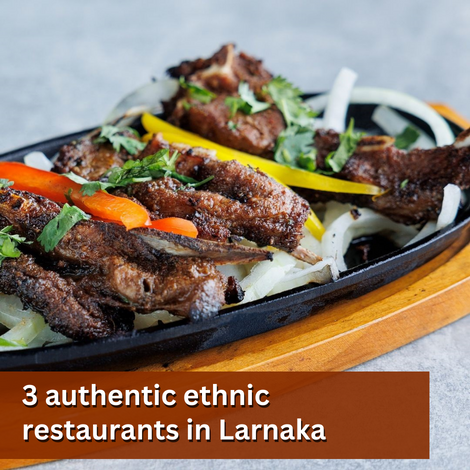Vouni
A green landscape full of Nature Trails, Caves, Museums and Churches!
The village of Vouni is a picturesque village in the Limassol district, which belongs to the region of the wine villages. It is built at an average altitude of 800 meters above sea level.
In the northwest it borders Omodos, in the west with Kissousa and Potamiou, in the southwest with Pachna, in the south with Agios Amvrosios, in the southeast with Agios Therapon, in the east with Lofou and in the northeast with Koilani.
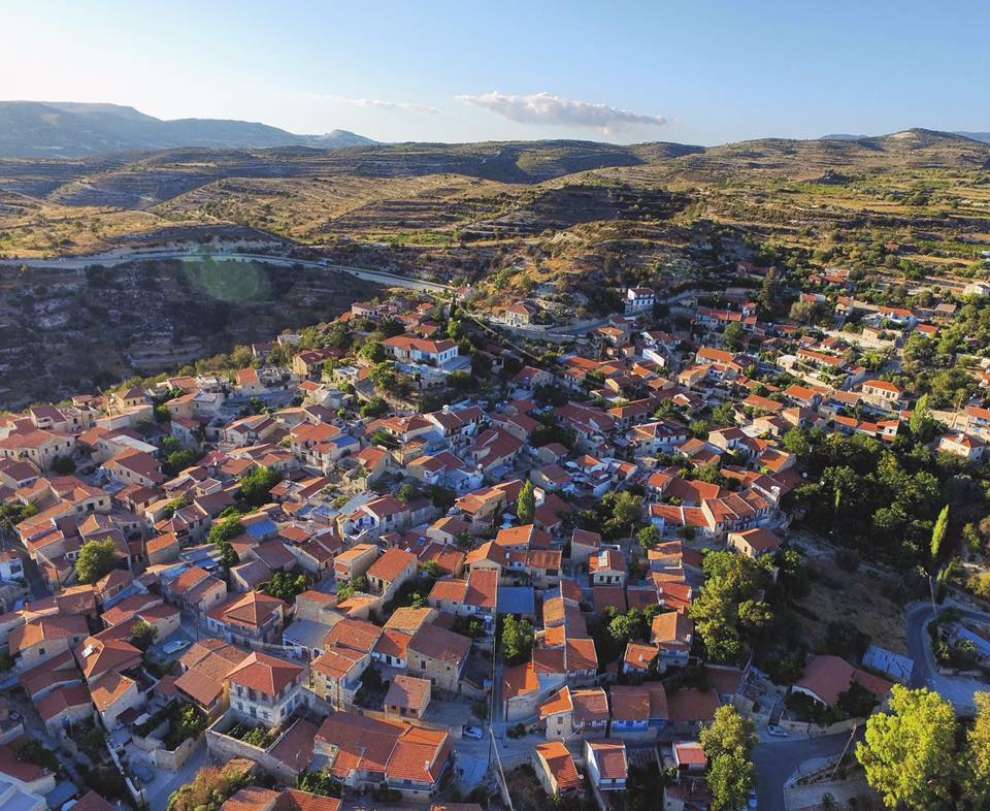 Photo: Stamatelopoulos Kyriakos
Photo: Stamatelopoulos Kyriakos
The Name of the Village:
The name of the village is directly linked to the location where it was built. According to the Great Cypriot Encyclopaedia, the village was given the name "Vouni" which means "low mountain", because it is built on the side of a mountain.
Crops and Occupations:
According to the Great Cypriot Encyclopaedia, Vouni "has long been a wine-growing village". Until the 1990s, Vouni was the third largest Limassol wine-growing village, 40% of which was covered by vineyards.
Today, however, viticulture has been severely restricted because of the rural depopulation that affects not only the village but also all the wine villages of Limassol.
The inhabitants of the village are engaged in agriculture, they also grow cereals, carobs and olives.
Historical Data:
During the Middle Ages there is the first mention of the village while in Venetian maps it is mentioned as "Voni". It should be noted, however, that the village is not marked in its present position, but north of Kivides.
Neither visitors nor writers of the Middle Ages, nor 19th-century travellers, refer to Vouni in their texts.
According to local tradition, in the past, in the area of the village today, there were four settlements, which were built on low mountains. Three of them, Pera Vounin, Velonaka and Ais Mamas were desolated by the plague which struck Cyprus. The reason the village of Vouni was saved was because it was protected by St. John the Baptist, to which the main church of the village is dedicated to.
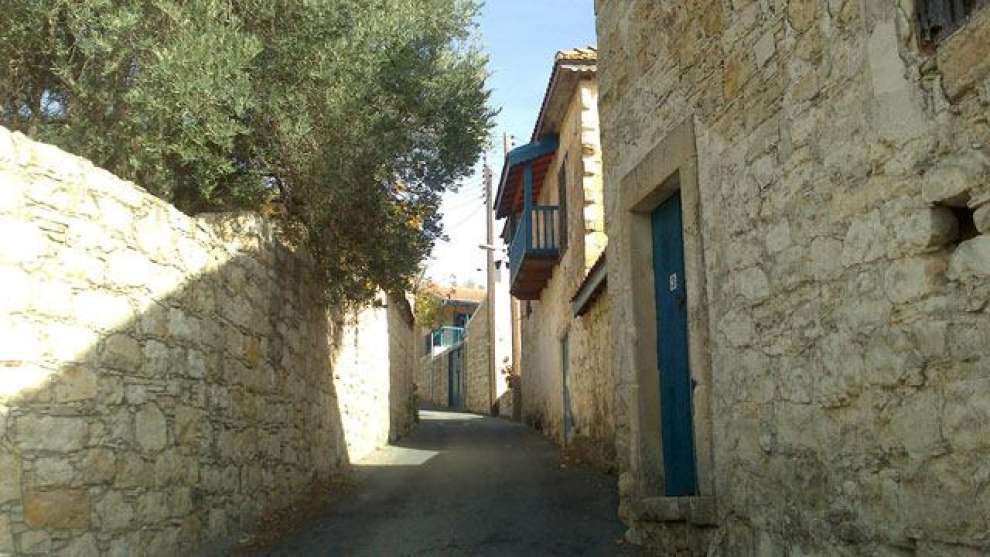 Photo: Αρωμα Ελλαδας και Κυπρου
Photo: Αρωμα Ελλαδας και Κυπρου
Population:
Since the late 19th century until today, the community has experienced major changes in population. More specifically, in 1881 it had 706 inhabitants, in 1901 it increased to 834. In 1921 they rose to 1,089 and in 1946 to 1,247. In 1960 they desceased to 990, and in 1982 there was a sharp decline in population to 373. In 2001 it was again reduced to 136 permanent residents.
Sights and Churches:
Strolling through Vouni, you will be impressed by its cobbled streets and traditional houses with their wooden doors, large windows, narrow balconies and courtyards. The preservation of the rich architectural heritage that attracts locals and foreigners is evident throughout the village.
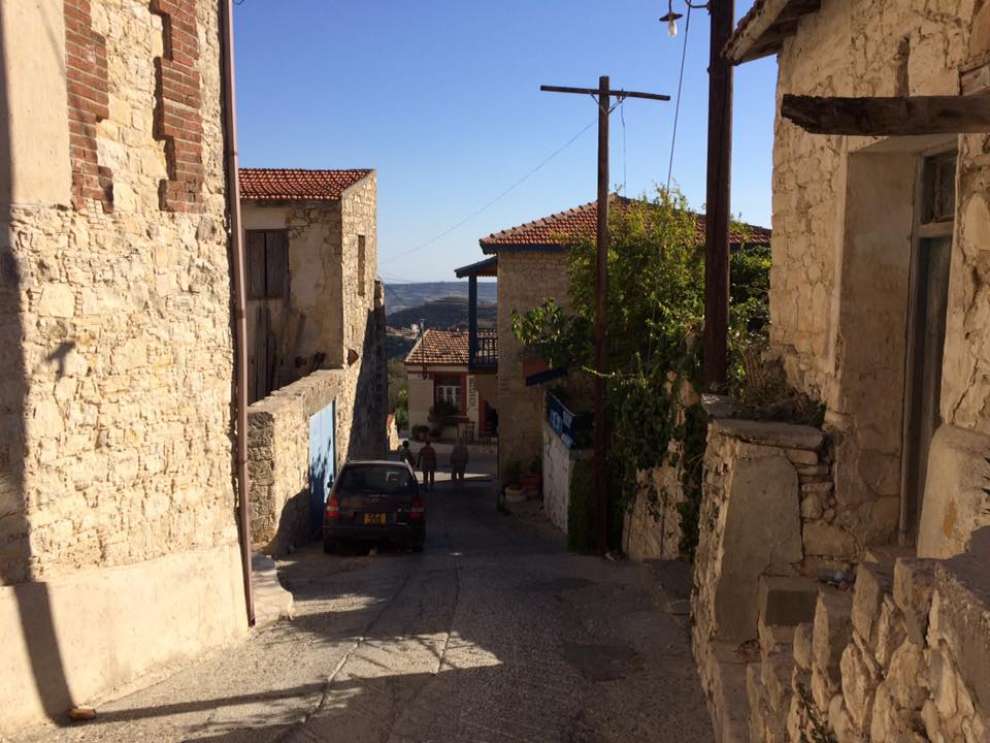 Photo: Nic Papa
Photo: Nic Papa
In Vouni there are impressive museums such as the Byzantine Museum, the Museum of Folk Art, the Oenological Museum, an old Olive Mill, a Venetian Havouza and an Ottoman Havouza. Vouni is also characterised by greenery and beautiful nature trails such as: Vouni - Lofou, Vouni - Mandria, Vouni - Potamiou and Vouni - Agios Therapontas.
There are impressive religious monuments in the village such as the Church of Timios Prodromos and the Church of Panagia Peravouniotissa, the chapel of Chrysosotirou, the chapel of St. John the Russian, the chapel of St. Mamas and the Holy Monastery of Anastaseos.
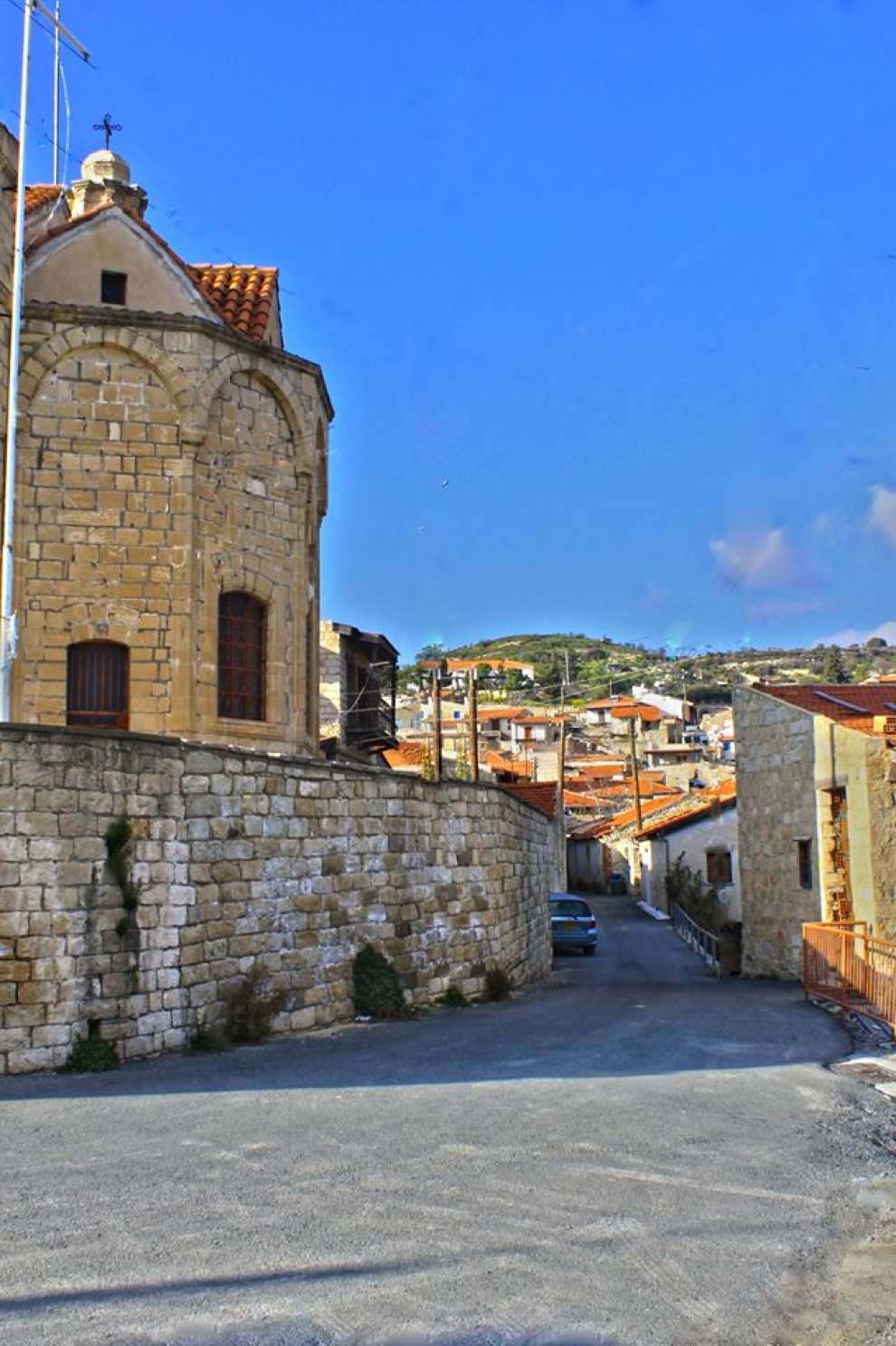 Photo: Xanthos Athinodorou
Photo: Xanthos Athinodorou
As well as various caves such as the Panagia Cave and the Moulou Cave.
Finally, in Vouni there is a monument of heroes built on the east side of the village's primary school, dedicated to the Vounians who gave their lives to the National Liberation Struggle of 1955-59, Andreas Vlami and Plato Stylianou. Also, a lush community park with trees, flowers, and wooden benches.
Today there is a kindergarten, elementary school and gymnasium in Vouni.
For the map of the area click HERE

 English
English
 Ελληνικά
Ελληνικά Русский
Русский